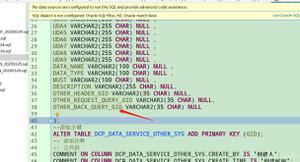Python - 元组列表中值的唯一键计数
当需要获取元组列表中唯一值的计数时,使用“defaultdict”、“set”运算符和“append”方法。
示例
以下是相同的演示 -
from collections import defaultdict输出结果my_list = [(12, 32), (12, 21), (21, 32), (89, 21), (71, 21), (89, 11), (99, 10), (8, 23), (10, 23)]
print("名单是:")
print(my_list)
my_result = defaultdict(list)
for element in my_list:
my_result[element[1]].append(element[0])
my_result = dict(my_result)
result_dictionary = dict()
for key in my_result:
result_dictionary[key] = len(list(set(my_result[key])))
print("结果列表是:")
print(result_dictionary)
名单是:[(12, 32), (12, 21), (21, 32), (89, 21), (71, 21), (89, 11), (99, 10), (8, 23), (10, 23)]
结果列表是:
{32: 2, 21: 3, 11: 1, 10: 1, 23: 2}
解释
所需的包被导入到环境中。
元组列表被定义并显示在控制台上。
创建了一个空字典。
遍历列表,并将第二个和第一个元素附加到字典中。
此列表再次转换为字典。
创建了另一个空字典。
遍历列表,并使用“set”运算符获取唯一元素。
它被转换为一个列表,并将其长度分配给一个变量。
这是显示在控制台上的输出。
以上是 Python - 元组列表中值的唯一键计数 的全部内容, 来源链接: utcz.com/z/322711.html



